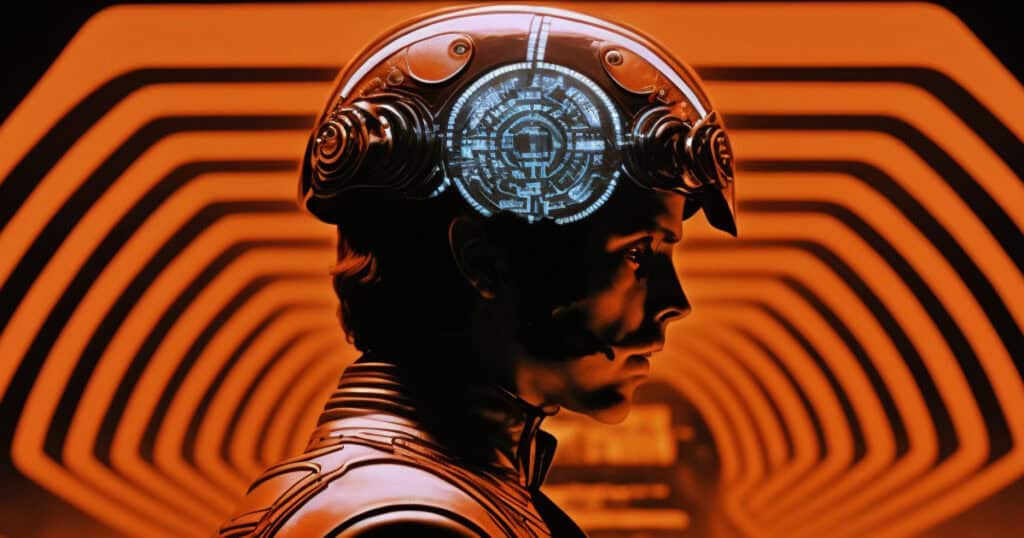
In the early 1970s, a period marked by a surge in experimental cinema and the emergence of new cinematic voices, Chilean-French filmmaker Alejandro Jodorowsky embarked on an ambitious project that would challenge the conventions of traditional filmmaking. This was a time when filmmakers were pushing the boundaries of narrative and visual storytelling, experimenting with new techniques and themes. Jodorowsky, with his unique blend of surrealism and mysticism, was at the forefront of this movement. His goal was to adapt Frank Herbert’s iconic science fiction novel, Dune, into a film.
Jodorowsky is known for his avant-garde and surrealist style, which is evident in his body of work. In addition to his ambitions for Dune, he has directed several other films, each a testament to his unique artistic vision. These include El Topo (1970), a surreal western that is considered a classic of the acid western genre; The Holy Mountain (1973), a spiritual quest filled with symbolic imagery; and Santa Sangre (1989), a horror film that explores themes of madness and redemption. These films are known for their unique blend of mysticism, symbolism, and experimental storytelling, and have gained a cult following among fans of underground cinema.
Beyond his work in cinema, Jodorowsky has also made significant contributions to other art forms. He has worked as a comic book writer and artist, creating visually stunning and narratively complex works. He has been involved in various musical and theatrical collaborations, further showcasing his versatility as an artist. Jodorowsky has also written several books on tarot, dream analysis, and spirituality, reflecting his deep interest in mysticism and the exploration of the human psyche. He has been a vocal advocate for the use of psychedelics in artistic and spiritual exploration, believing in their potential to unlock new realms of creativity and understanding.
Jodorowsky wasn’t the first person to try and make Dune
Bringing Dune to the big screen had previously been attempted by Arthur P. Jacobs and would go on to be attempted by Ridley Scott after the success of Alien. This was a daring endeavour, considering that Jodorowsky had not yet read the book at the time he decided to adapt it. His vision for the film was nothing short of revolutionary. He aimed to create a 12-hour epic, a length unheard of in mainstream cinema, that would redefine the boundaries of cinematic storytelling and push the medium to its limits.
Jodorowsky’s approach to the adaptation was unique. Starting after a French consortium purchased the film rights to Dune from Arthur P. Jacobs’ production company in December 1974, he assembled a dream team of collaborators, each a master in their respective fields. This included renowned artists H.R. Giger and Jean “Moebius” Giraud, who were tasked with bringing the alien landscapes and intricate designs of Dune to life. Chris Foss was brought on to design machinery. Dan O’Bannon spent six months conceptualizing special effects. Musicians Pink Floyd and Magma were brought on board to create a sonic landscape that would complement the visual spectacle. Their music, known for its experimental and psychedelic sound, was intended to mirror the otherworldly visuals and enhance the immersive experience. Jodorowsky’s goal was not just to create a film, but a spiritual and philosophical experience. He sought to explore the themes of ecology, imperialism, and personal transformation that are central to Herbert’s novel. His vision was to transport audiences to the desert planet Arrakis, immersing them in the intricate world-building and complex characters that make Dune a science fiction classic.

Jodorowsky’s vision for Dune was a far cry from the 1984 adaptation by David Lynch, which was criticized for its condensed narrative and commercialized approach. Jodorowsky’s vision was more avant-garde, emphasizing the novel’s complex themes and philosophical undertones. He wanted to explore the inner lives of the characters, delving deeper into their emotions and spiritual journeys. The movie was set to begin by showcasing the entire universe before panning across multiple galaxies and then gradually settling on the setting of the story. This would have been an ambitious feat before the advent of modern computer graphics.
He aimed to cast his son Brontis Jodorowsky in the lead role of Paul Atreides, who he had train in martial arts for 6 hours a day in mental, physical, and spiritual preparation for the role. Brontis would go on to play Nicolas Flamel in 2018’s Fantastic Beasts: The Crime of Grindelwald. His casting in Jodorowsky’s Dune would feature along with a who’s who of 20th-century celebrities, including surrealist artist Salvador Dali as Emperor Shaddam IV, legendary filmmaker Orson Welles as Baron Harkonnen, and rock star Mick Jagger as Feyd-Hautha, who would go on to be played by another rock star in the 1984 film. Alexandro Jodorowsky originally saw himself as Duke Leto, but eventually figured he’d be too busy directing, and proposed David Carradine for the role. Salvador Dali allegedly requested $100,000 for one hour of work. The film would have been a series of 12 one-hour episodes, allowing for a more nuanced and detailed exploration of the story. Each episode would have been a self-contained unit, with its own unique tone and style, reflecting the diverse perspectives and experiences of the characters. This approach was in stark contrast to the 2021 film adaptation by Denis Villeneuve, and its 2024 sequel, which took a more conventional approach, condensing the story into two feature-length films with a more streamlined narrative. Villeneuve’s adaptations, while visually stunning and faithful to the source material, lacked the radical ambition and philosophical depth that characterized Jodorowsky’s vision.
Frank Herbert’s Dune was long considered unfilmable due to its intricate world-building, complex characters, and sprawling narrative. The novel’s dense, philosophical themes and detailed descriptions of the planet Arrakis and its inhabitants made it a daunting task for filmmakers. The book’s non-linear structure, which jumps back and forth in time and explores multiple perspectives, added to the challenge. However, Jodorowsky was undeterred by these challenges. Instead, he saw the book’s complexity as an opportunity for innovation and creativity. He developed an innovative scriptwriting technique, using tarot cards and surrealistic dreamscapes to tap into the novel’s deeper themes and symbolism. For instance, he used the tarot card ‘The Fool’ to represent Paul Atreides’ journey from innocence to wisdom, and created a dreamscape sequence to depict his confrontation with the giant sandworm. This approach was reflective of Jodorowsky’s belief in the transformative power of cinema and his desire to push the medium beyond its traditional boundaries.
Why did it fall apart?
Despite Jodorowsky’s passion and innovative approach, the project ultimately failed to secure funding. The budget was estimated between $9-20 million, a significant amount for a science fiction film at a time when movie studios at-large were struggling to stay afloat. Over $2 million had already been spent during two and a half years of development by the time French businessman Michael Seydoux got cold feet and withdrew additional funding. The 12-hour episodic structure was unappealing to other investors, who preferred a more traditional, commercially viable film. Jodorowsky’s uncompromising vision and refusal to compromise on his artistic goals also led to creative differences with potential backers. The project’s collapse was a disappointment for Jodorowsky and his team, but their innovative ideas and concept art continue to inspire filmmakers and fans of the novel. In retrospect, the project’s failure can be attributed not only to its ambitious scope and unconventional nature, but also to a lack of understanding and support from the film industry, which was not ready for such a radical departure from traditional filmmaking. The question remains if the venture would have been worth the investment. Jodorowsky’s appeal is and remains somewhat niche, and his planned liberties with the source material could have alienated the built-in fanbase. And it’s impossible to say if he could have maintained his ambitious planned involvement from industry heavy hitters. His next project Tusk (not to be confused with the Kevin Smith film) garnered only limited distribution, and he never achieved a production on the scale of his ambitions for Dune. But he certainly didn’t lack passion or vision for the project, and that passion and vision endure.
Although Jodorowsky’s Dune was never made, its influence can be seen in many subsequent sci-fi films, including Ridley Scott’s Alien. The biomechanical aesthetic that Giger developed for Jodorowsky’s Dune was later used in Alien and the movie used much of Jodorowsky’s creative team. So it’s entirely possible that if the team was tied up making Dune, then Alien is either different or delayed, which would create a domino effect that resonates throughout film history.
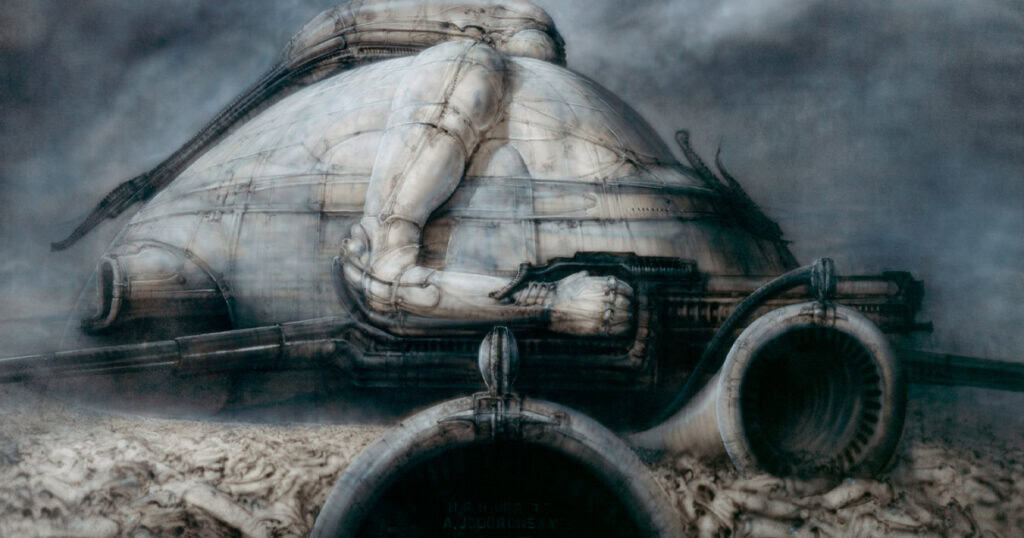
The award-winning documentary Jodorowsky’s Dune (2013) chronicles the making of the unmade film, offering a fascinating glimpse into Jodorowsky’s creative process and the innovative techniques he developed to bring the novel to life. In 2015, a script appeared for sale on eBay, purporting to be from the project (also check out this great, in-depth site for more on the project) Jodorowsky himself dismissed it as fake, but it turned out to be almost identical to the official copies he gave out to backers of his crowdfunding project in 2018. The film’s concept art, designed by H.R. Giger and Jean “Moebius” Giraud, has become iconic in the world of science fiction, influencing the visual style of countless films and books. Giger’s designs for the Harkonnens’ fortress city, Arrakeen, featured a blend of organic and industrial elements, while Giraud’s illustrations of the Fremen warriors showcased their stillsuits and weaponry in intricate detail. Jodorowsky and Giraud reimagined their concepts into a critically acclaimed graphic novel series, The Incal, first published in 1980.
Jodorowsky’s Dune lives on
Jodorowsky’s Dune was not just a film project, but a cultural phenomenon that captured the imagination of many. Its influence can be seen in the work of other filmmakers, artists, and writers who have been inspired by Jodorowsky’s vision and innovative approach. The project’s collapse was a disappointment, but it also allowed for other creative endeavors to flourish. Jodorowsky’s work on DUNE paved the way for other avant-garde and surrealist films, and its influence can be seen in the work of filmmakers like David Lynch, Terry Gilliam, and Stanley Kubrick. David Lynch has cited Jodorowsky’s Dune as an influence on his own surrealist sci-fi film, Eraserhead, while Terry Gilliam has said that Jodorowsky’s innovative approach to storytelling inspired his own work on 12 Monkeys. Stanley Kubrick, meanwhile, was reportedly fascinated by Jodorowsky’s use of tarot cards and dreamscapes, and explored similar themes in his own film, 2001: A Space Odyssey.
The concepts and script developed for the Dune project, which made their rounds in Hollywood even after the project was shelved, have clearly inspired, either consciously or subconsciously, a range of iconic sci-fi works, including The Terminator, The Fifth Element, and Flash Gordon, with their influence evident in the DNA of these beloved films.
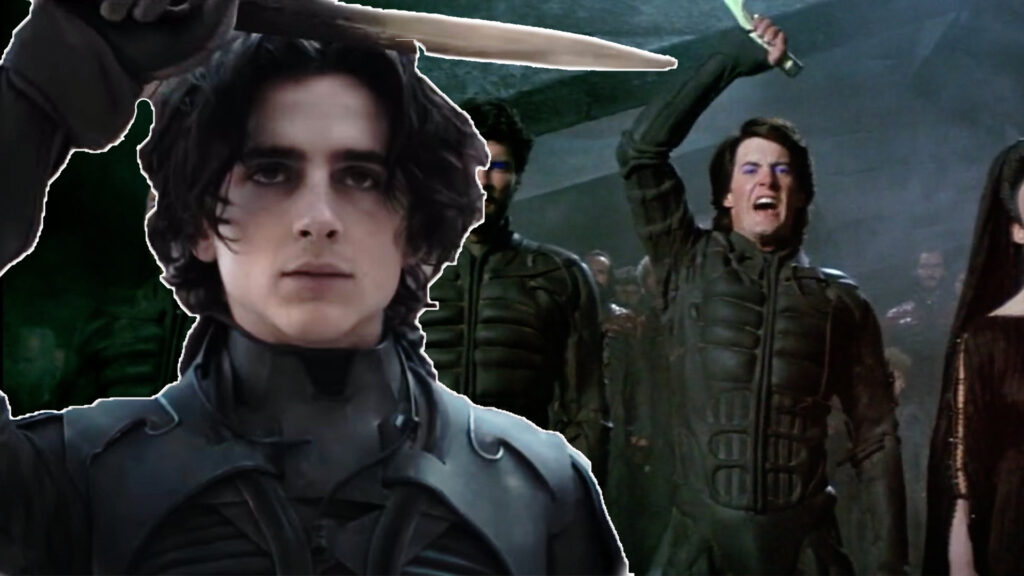
In addition to its influence on film, Jodorowsky’s Dune has also had an impact on literature and art. The project’s concept art and design have inspired countless artists and designers. The project’s innovative approach to storytelling and world-building has also inspired writers and creators, and its influence can be seen in the work of authors like William Gibson and Neil Gaiman.
The 2021 and 2024 film adaptations of Dune, directed by Denis Villeneuve, have achieved significant commercial and critical success. The 2021 film grossed over $400 million worldwide and received widespread critical acclaim, with many praising its visually stunning depiction of Arrakis and its complex characters. The 2024 sequel has grossed nearly $700 million worldwide, solidifying the franchise’s success. The success of these films is a testament to the enduring appeal of Frank Herbert’s novel and the power of Jodorowsky’s original vision.
Jodorowsky’s Dune may have been unmade, but its legacy continues to inspire and influence filmmakers, artists, and fans of science fiction. Its innovative approach to storytelling and world-building, its influence on the work of other filmmakers and artists, and its continued cultural relevance make it a fascinating and important part of film history. Despite its collapse, Jodorowsky’s Dune remains a testament to the power of creativity and innovation, and its influence will continue to be felt for generations to come.
Jodorowsky’s attempt to adapt Dune was a bold reach for the stars, a grasp for the infinite possibilities of the human imagination. Like a cosmic tentacle, his vision stretched out to encompass the vast expanse of Frank Herbert’s novel, seeking to snare the essence of its complex characters, its philosophical themes, and its surreal landscapes. Though his grasp ultimately fell short, the attempt itself was a testament to the power of creative ambition, a reminder that even the most elusive dreams can be momentarily grasped, if only for an instant, before slipping through our fingers like sand. And it is in that fleeting moment of connection, that spark of understanding, that the true magic of art lies.
The post Jodorowsky’s Dune: What Happened to this Unmade Movie? appeared first on JoBlo.
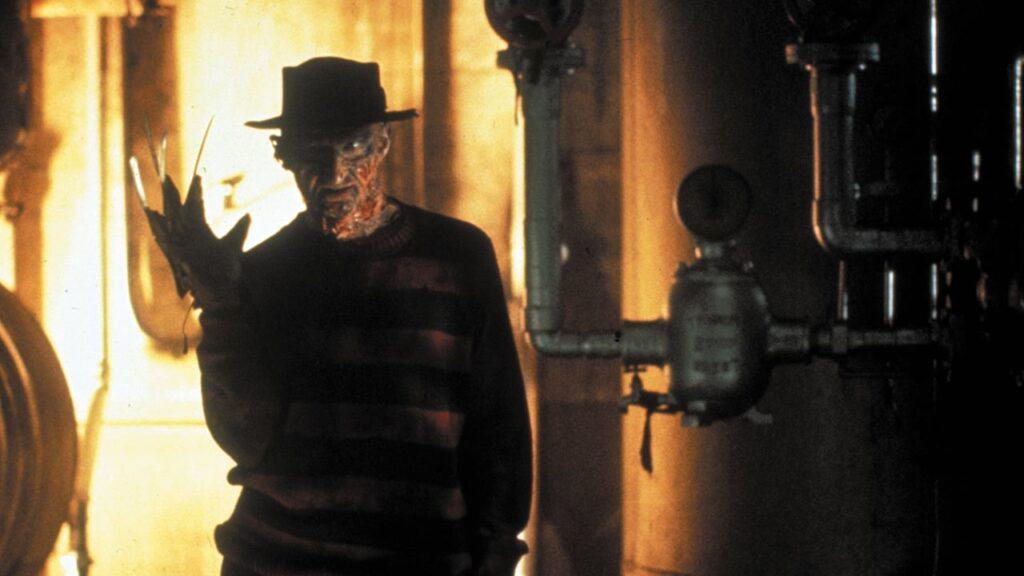
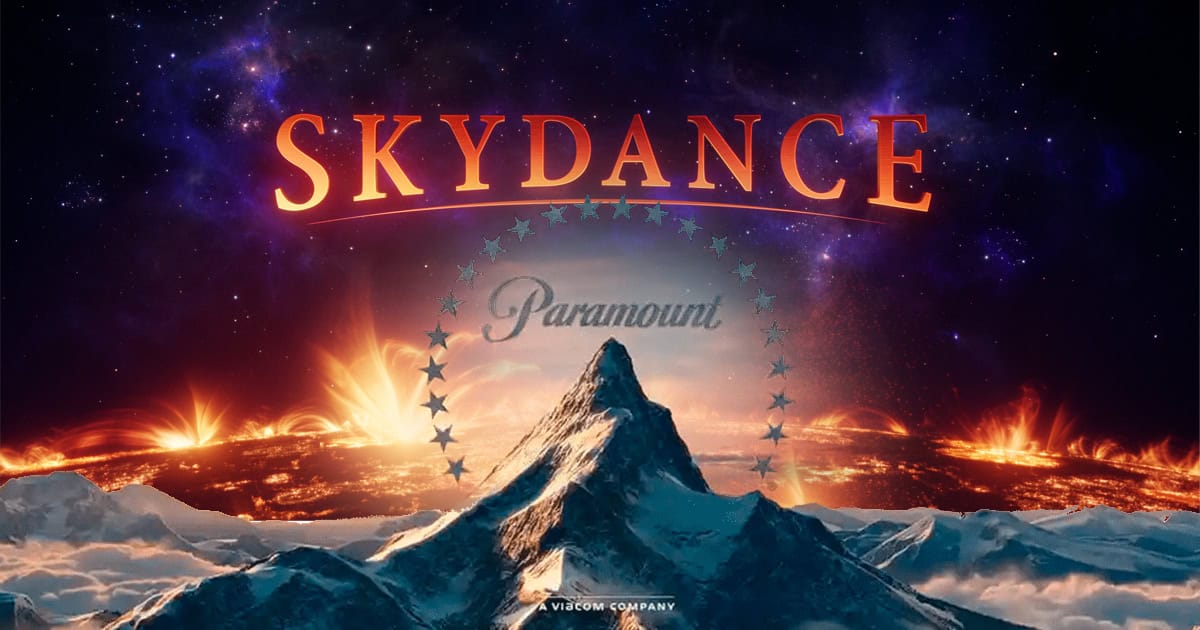
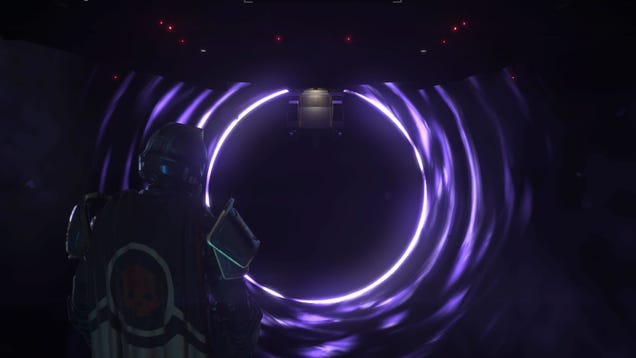

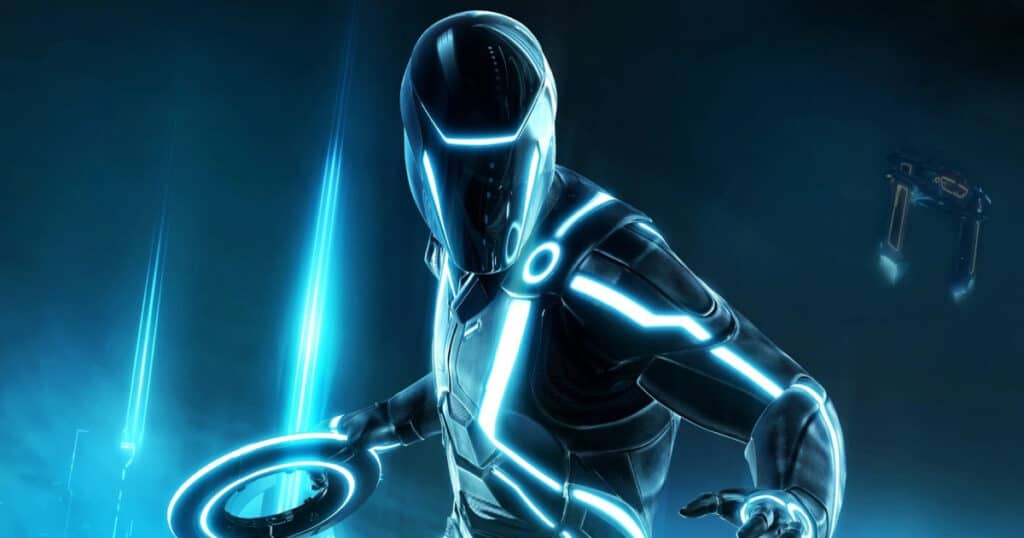
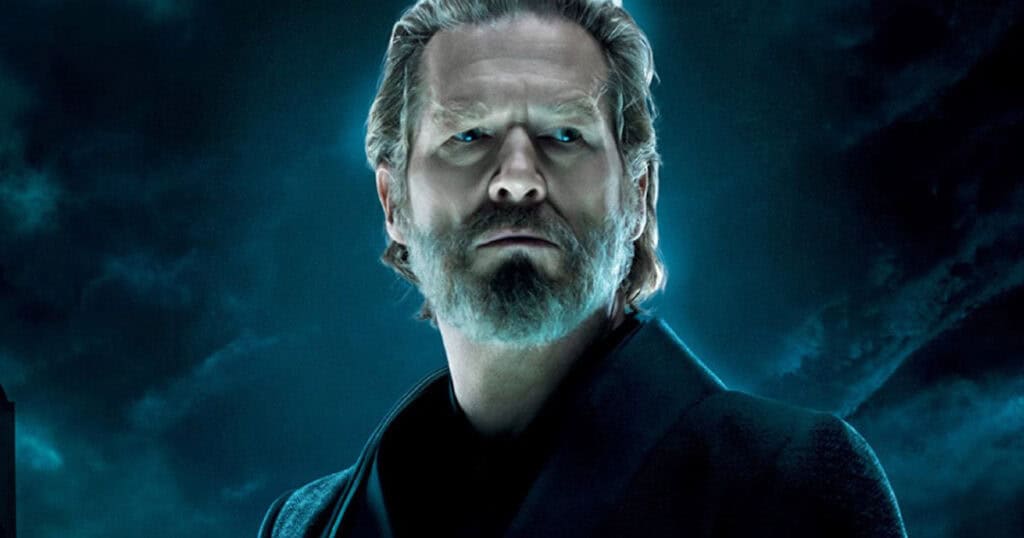
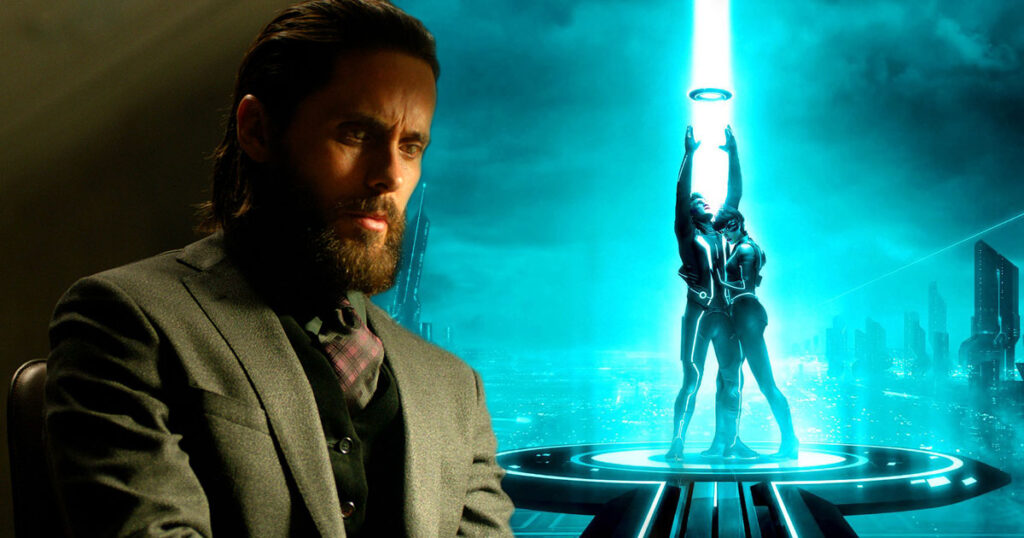

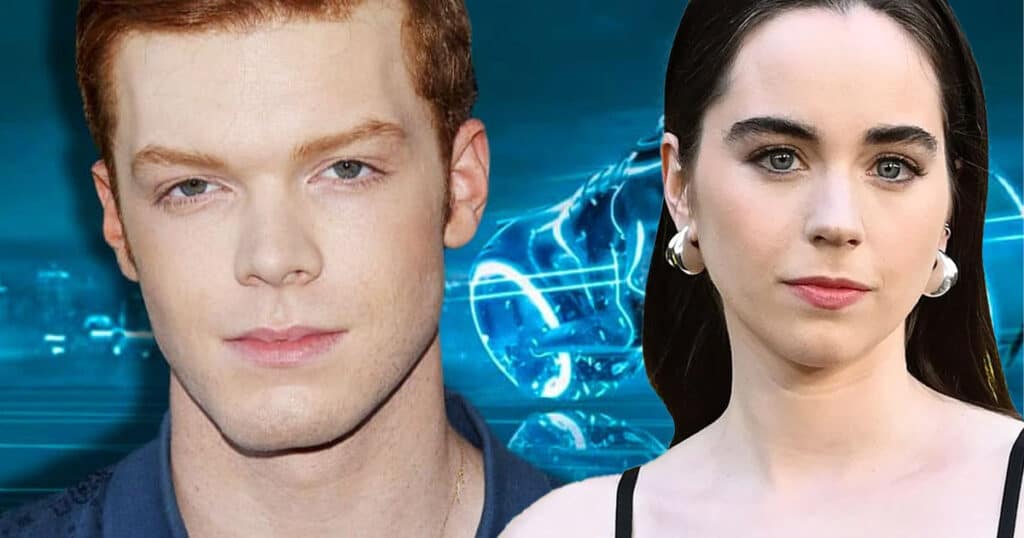
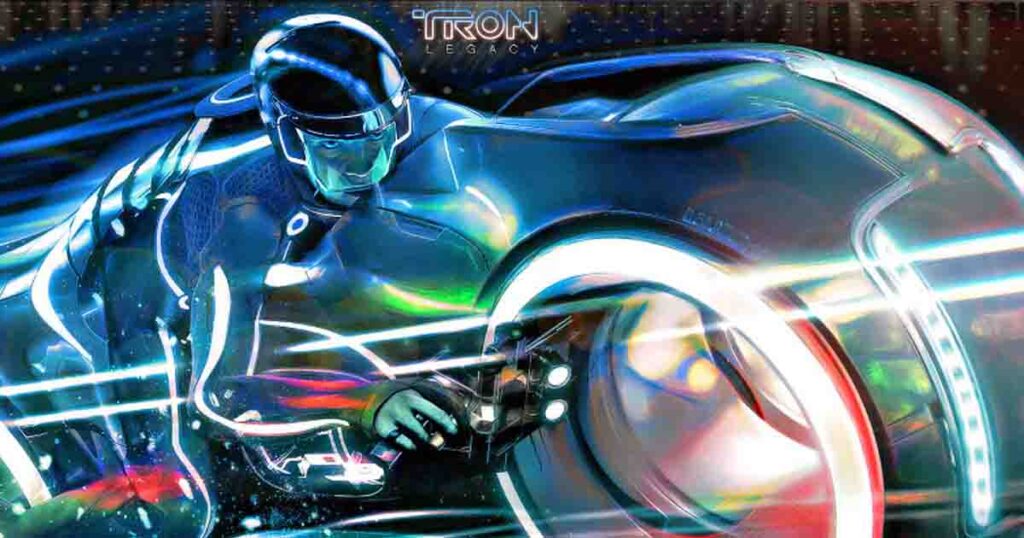
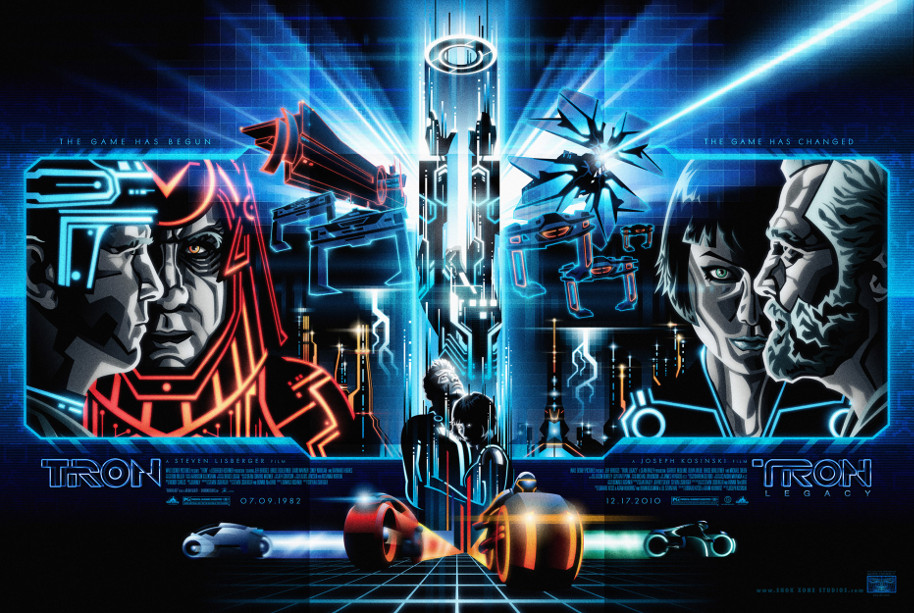
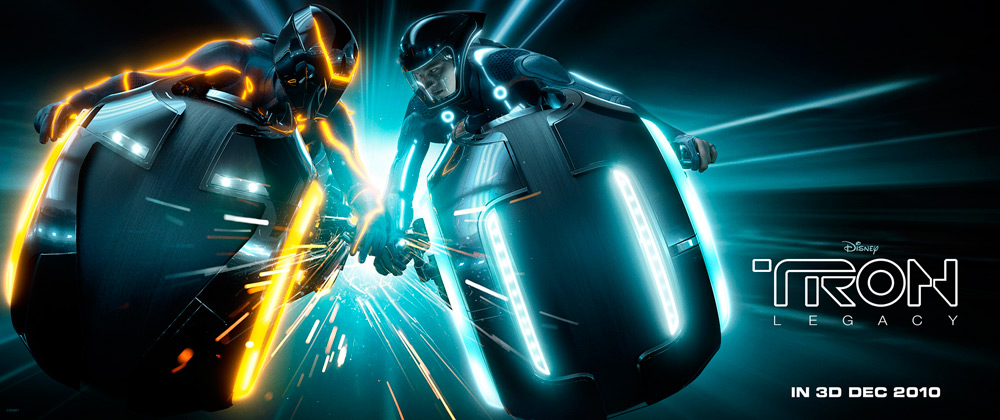
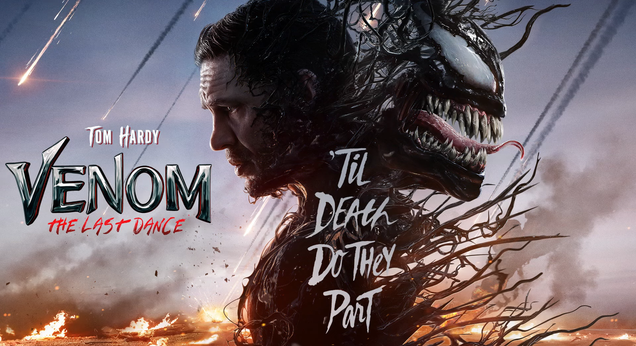
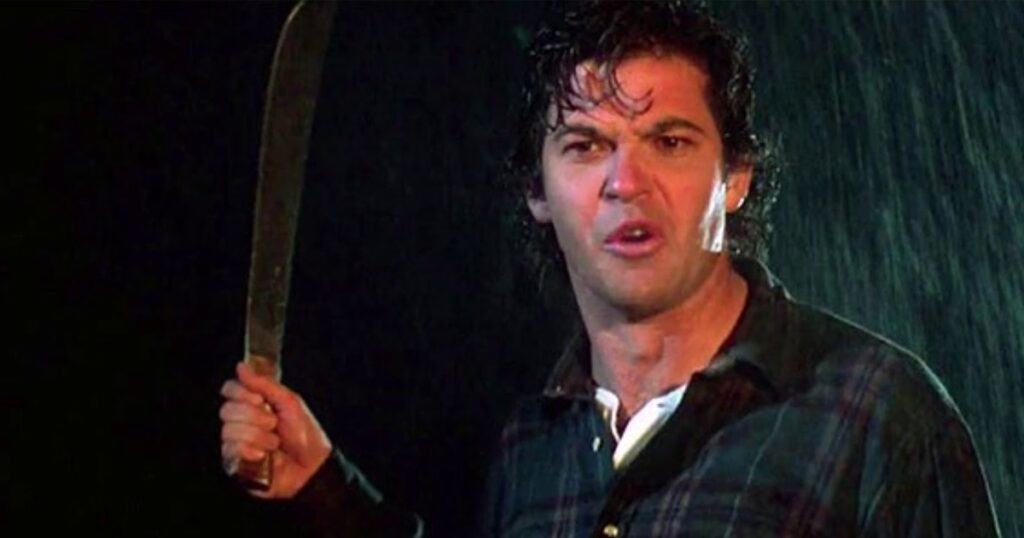
 (@saxontrainor)
(@saxontrainor)